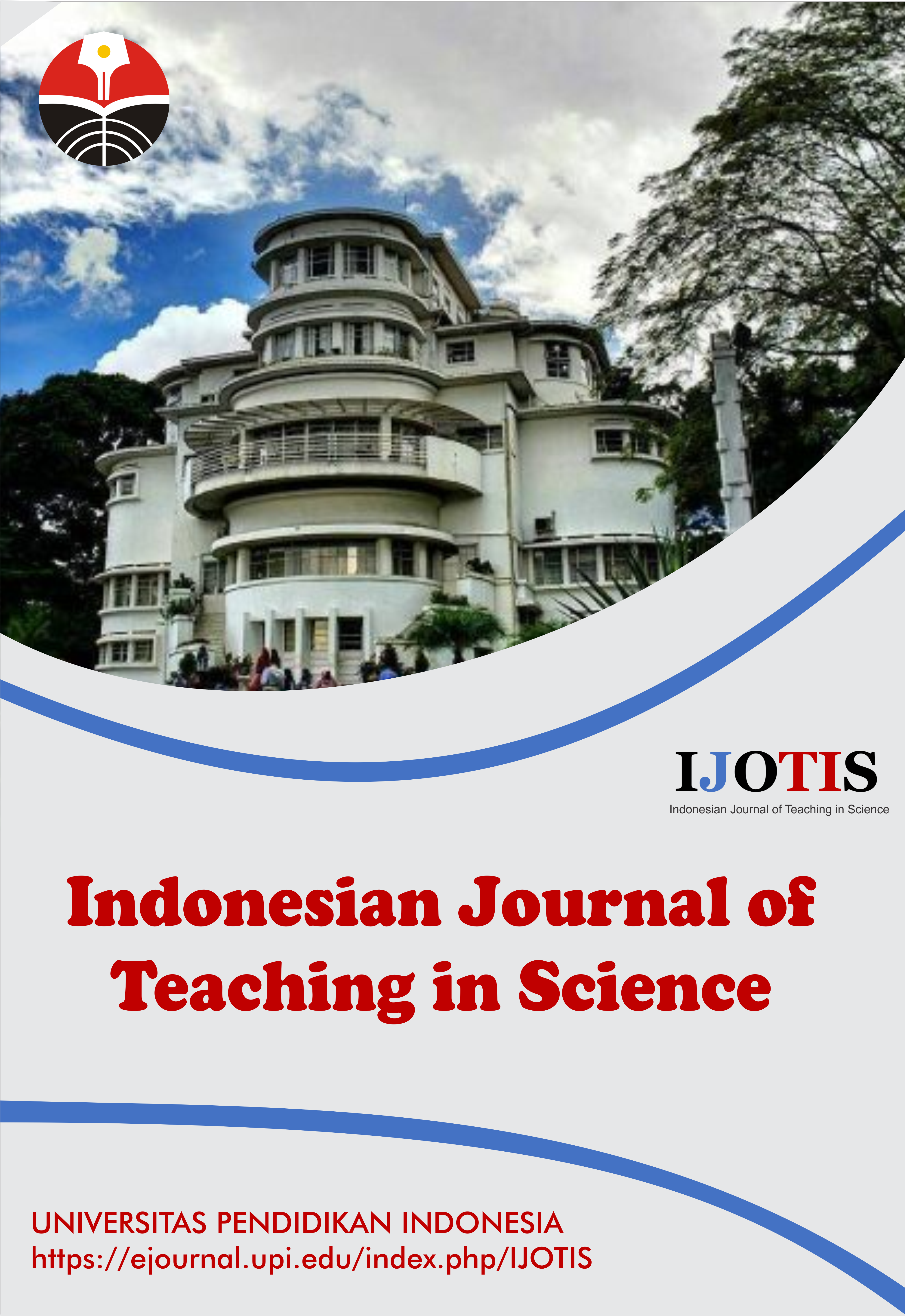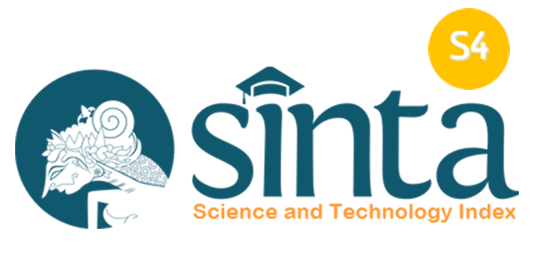Student Teaching and Instructional Materials in the 21st-Century Classroom: A Literature Review
Abstract
Keywords
Full Text:
PDFReferences
Aifan, H. (2022). Implementing a project-based collaborative learning approach using PowerPoint to improve students' 21st-century skills. E-Learning and Digital Media, 19(3), 258–273.
Ajoke, A. R. (2017). The importance of instructional materials in teaching English as a second language. International Journal of Humanities and Social Science Invention, 6(9), 36–44.
Basalo, Z. G. and Salvador, N. T. (2022). Instructional preparations and the learning skills of the 21st-century students. International Journal of Educational Management and Development Studies, 3(3), 63-78.
Frimpong, S. O. (2021). The role of teaching and learning materials and interaction as a tool to quality early childhood education in the Agona East District of the Central Region of Ghana. African Educational Research Journal, 9(1), 168-178.
Haruna, P. (2022). Design, extent of use, and usefulness of instructional materials by student teachers on teaching practice – The mentors’ assessment. International Journal of Research and Innovation in Social Science (IJRISS), 6(6), 394–398.
Lucy, S., Emmideme, G. N., and Sylvester, A. (2022). Social studies student-teachers’ preparation for effective use of teaching and learning materials: The case of Northern Colleges of Education in Ghana. Open Journal of Social Sciences, 10, 379-395.
Marakovits, S. (2022). Infusing 21st-century skills into lessons and assessments. Kappa Delta Pi Record, 58(2), 87-91.
Rahayuningsih, D. (2016). Student teachers’ challenges in developing teaching materials during teaching practicum in a vocational school. Journal of English and Education, 4(2), 24-34.
Romarate, M. A., Aquino, A. B., Punongbayan, E. J., Quizon, G. R., Balilla, L. A., and Ramos, N. P. (2023). Development of outcomes-based instructional materials in professional teacher education courses for a flexible set-up. Journal of Education and E-Learning Research, 10(1), 61–67.
Seema, P. V. (2024). Developing scientific literacy to promote 21st-century skills. Journal on School Educational Technology, 20(1), 1–4.
DOI: https://doi.org/10.17509/ijotis.v5i1.82628
Refbacks
- There are currently no refbacks.
Copyright (c) 2025 Universitas Pendidikan Indonesia

This work is licensed under a Creative Commons Attribution-ShareAlike 4.0 International License.
Indonesian Journal of Teaching in Science (IJoTIS) is published by Universitas Pendidikan Indonesia (UPI)
 Indonesian Journal of Teaching in Science
Indonesian Journal of Teaching in Science



